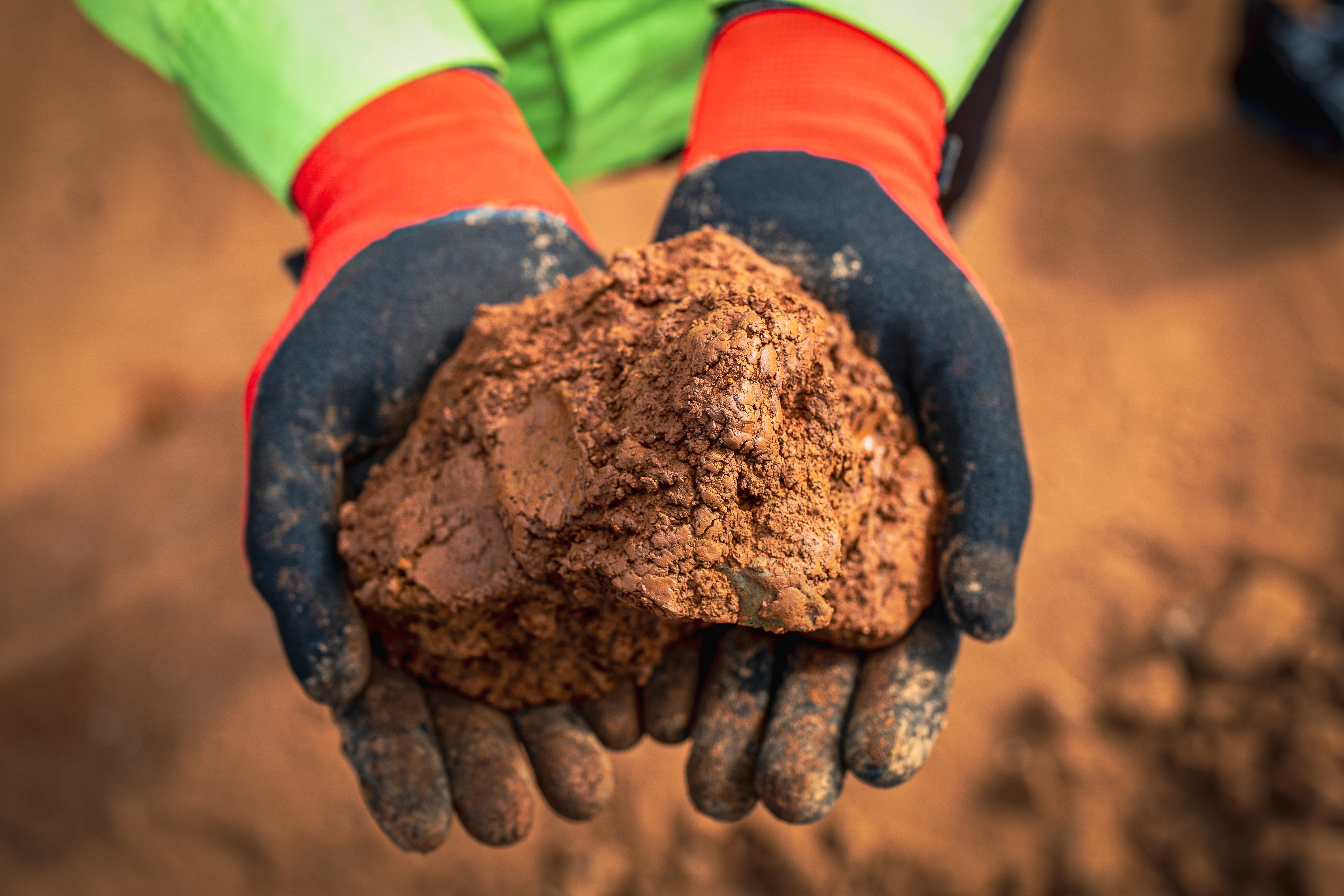


19 August 2025
Nickel is a vital metal widely used in various modern industries, from electronics and electric vehicle (EV) batteries to stainless steel production. However, nickel isn't simply found as a shiny metal on the surface of the earth. So what exactly does it look like in nature?
Nickel (Ni) is a strong, rust-resistant, silvery-white metallic element with magnetic properties. In everyday life, we often encounter nickel in processed products such as alloys, but seldom see its natural form.

Nickel doesn't occur naturally as a pure, shiny metal. Instead, it's found in the form of nickel ore—rock or soil that contains a certain amount of nickel and can be processed for extraction.
What does this nickel ore look like? It often appears as ordinary soil or rock. Here are some visual examples of nickel in nature:
If you see a heap of red soil in a nickel mining area, it's most likely laterite nickel ore. It may look like ordinary soil, but its economic value can be pretty high, depending on the nickel content.
In Indonesia, nickel is commonly found in layers of laterite soil, which are soils that are frequently leached by rain. This soil is generally reddish or yellowish in color. This contrasts with nickel found on other continents, such as Australia, where it is generally in the form of nickel sulfide, requiring deeper excavation because it is mostly found below the surface.
At Harita Nickel, the nickel ore found in laterite layers is processed using two main nickel processing methods: Rotary Kiln Electric Furnace (RKEF) and High-Pressure Acid Leaching (HPAL). In the RKEF method, nickel ore is processed into ferronickel, which is then used in the manufacture of stainless steel. In the HPAL method, low-grade nickel ore is processed into Mixed Hydroxide Precipitate (MHP), nickel sulfate, and cobalt sulfate, all three of which play a crucial role in the manufacture of electric vehicle batteries.
Go Top